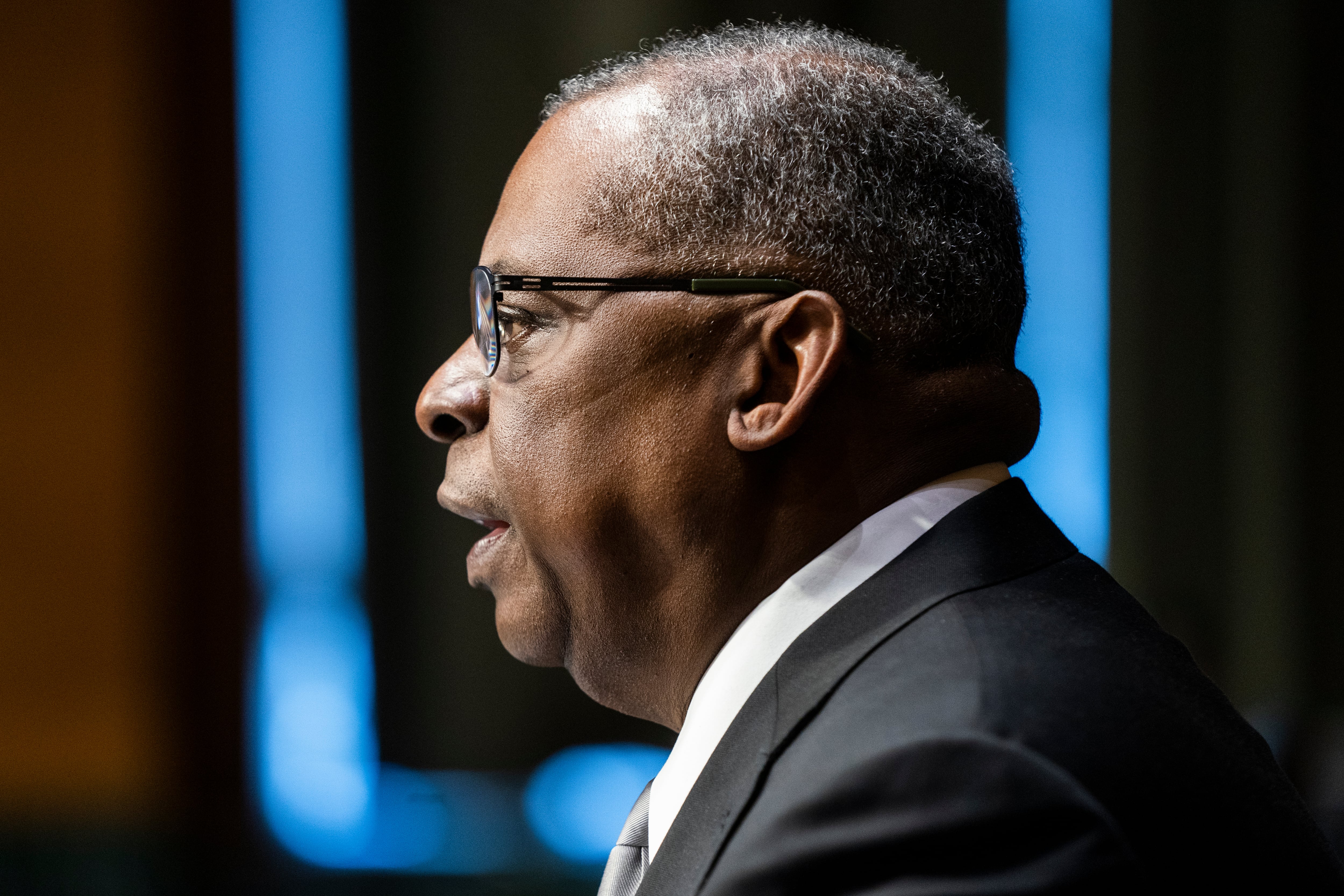The John F. Kennedy Special Warfare Center and School shared an infographic in recent weeks to familiarize leaders with some new extremist symbols after one of their medical courses had to change its logo because it was nearly identical to imagery used by an anti-government militia movement.
The initiative isn’t focused on official Army logos, which go through a formal review process, according to Col. Matt Gomlak, JFK SWCS’ chief of staff. Instead, leaders are trying to educate soldiers on what imagery to avoid when they craft the type of informal symbols made by special operations teams for T-shirts or patches.
“We have a culture of small unit esprit de corps, and part of that culture involves building logos that help team cohesion,” Gomlak said over the telephone Wednesday. “The fact is, those symbols are patriotic in nature and what we realized ... in our informal investigation into it, is that extremist organizations are also migrating toward this ‘patriotic symbology.’”
JFK SWCS, which trains Army Green Berets and other special operators, circulated the infographic made by the New York City Police Department’s intelligence bureau to highlight 23 symbols used by adherents to Qanon, the Proud Boys, neo-Nazism, the Boogaloo movement and others.
Breitbart News and Military.com earlier reported that one symbol used by a medical course at JFK SWCS was changed after the command realized that it was similar to a design used by the Three Percenters — a far-right, anti-government militia movement in North America. The shared symbol depicted the Roman numeral “III” surrounded by a circle of stars.
The JFK SWCS course, called Trauma 3, also used that Roman numeral combined with a circle of stars because it echoed the Betsy Ross flag, an early and prominent design in the American colonies. Unfortunately, that’s also the kind of imagery the Three Percenters are interested in.

The similarities were brought to the command’s attention this summer by a student. But Gomlak noted that T-shirts have been printed with the logo for several years, meaning those are likely still being worn by some graduates.
The two symbols’ shared features were coincidental, according to an informal investigation that JFK SWCS officials conducted.
“We didn’t find any direct links to extremist organizations,” Gomlak said. “We actually interviewed and met with the creators ... and, ironically, the team that collaborated to make that logo is as ethnically diverse as the population of the United States.”
So far, that’s the only symbol JFK SWCS has noticed shared similarities with extremist groups, he added.
The New York City Police Department’s extremist imagery infographic was given to JFK SWCS leaders through the Army provost marshal. The document itself was made Jan. 14 to aide civilian police after the Capitol riot.
RELATED

The infographic describes “Kek” flags, Boogaloo patches and variations of the Pepe the Frog meme as examples of newly emerged extremist imagery, in addition to more recognizable swastikas and Norse runes long used by neo-Nazis. The blurred line between internet culture and more traditional extremism could prove difficult for the Pentagon in the coming months.
On Feb. 5, Defense Secretary Lloyd Austin called on each of the services to conduct a 60-day stand-down to discuss the problem of extremism in the ranks.
The stand-down was prompted by reports after the deadly Capitol riot that both active-duty and former service members attended a rally calling to overturn the 2020 election. Some veterans, reservists and National Guardsmen also attended the riot that followed.
“We’re keenly aware that we’re on the leading edge of a broader Department of Defense effort, and we’re awaiting guidance before we do more than educate and inform our formation,” Gomlak said.
Defense officials said Monday that the 60-day stand-down is only a first step. It’s a chance for leaders to listen to troops, as well as educate them. Existing policies on extremism will likely be refined in the future, but ditching small unit symbology in total isn’t the plan.
“We’re not going to set up a policy that precludes special operations teams from doing what we’ve been doing for a long time, in the form of small unit symbols and logos,” said Gomlak. “But we do want to make sure that we establish a process that provides some oversight to prevent the misperceptions that we’ve been talking about.”
Kyle Rempfer was an editor and reporter who has covered combat operations, criminal cases, foreign military assistance and training accidents. Before entering journalism, Kyle served in U.S. Air Force Special Tactics and deployed in 2014 to Paktika Province, Afghanistan, and Baghdad, Iraq.





